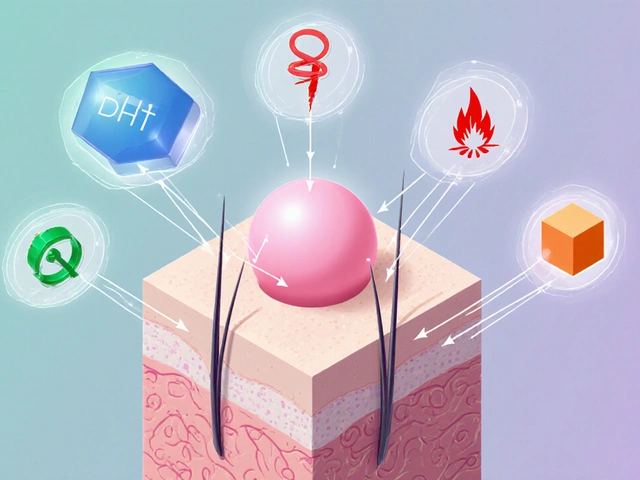COPD Treatments: Practical Options to Breathe Easier
COPD can feel scary, but there are clear, effective steps that help most people breathe better and stay active. Want to know what really works right now? This page breaks down the main treatments, when they’re used, and simple actions you can take at home.
Quick treatment options
Inhalers are the core of COPD care. Short-acting bronchodilators give fast relief during breathlessness. Long-acting bronchodilators control symptoms day-to-day and reduce flare-ups. Some inhalers combine long-acting bronchodilators with inhaled corticosteroids for people who get frequent exacerbations. Make sure you learn the right inhaler technique—poor technique is a common reason treatments don’t work.
Oxygen therapy helps when blood oxygen levels stay low. Your doctor will check your oxygen with a simple test and recommend portable or home oxygen if needed. It can reduce breathlessness and improve sleep and activity tolerance.
During flare-ups, doctors may prescribe short courses of oral steroids and antibiotics if an infection is suspected. Don’t skip seeking care for worsening symptoms—earlier treatment often prevents hospital stays.
Long-term care and lifestyle
Pulmonary rehabilitation is one of the most underused but effective treatments. It combines exercise training, breathing techniques, and education to build strength and confidence. People who complete rehab usually report less breathlessness and better quality of life.
Quitting smoking is the single biggest step you can take. If you smoke, talk to your doctor about nicotine replacement, medications, or counseling. Even after years of smoking, quitting slows disease progress and lowers exacerbation risk.
Vaccines matter. Annual flu shots and a pneumococcal vaccine cut your chance of severe lung infections that can set COPD back for months. Also avoid air pollutants, and check air quality alerts on bad-weather days.
Simple daily habits help too: pace yourself, use pursed-lip breathing during activity, keep a healthy weight, and stay hydrated. If you have trouble eating because of breathlessness, small frequent meals are easier than large ones.
For advanced disease, options include lung volume reduction procedures or, in rare cases, transplant. These are for select patients and require evaluation at specialized centers.
Medication adherence and regular follow-up are critical. Bring your inhaler list to appointments, report any side effects, and ask how to recognize a flare-up early. A written action plan from your clinic can guide you through worsening symptoms and when to call for help.
Want practical next steps? Check your inhaler technique with a nurse, ask about pulmonary rehab, get vaccines, and set a quit date if you smoke. Small, steady changes make a real difference in daily life with COPD.




